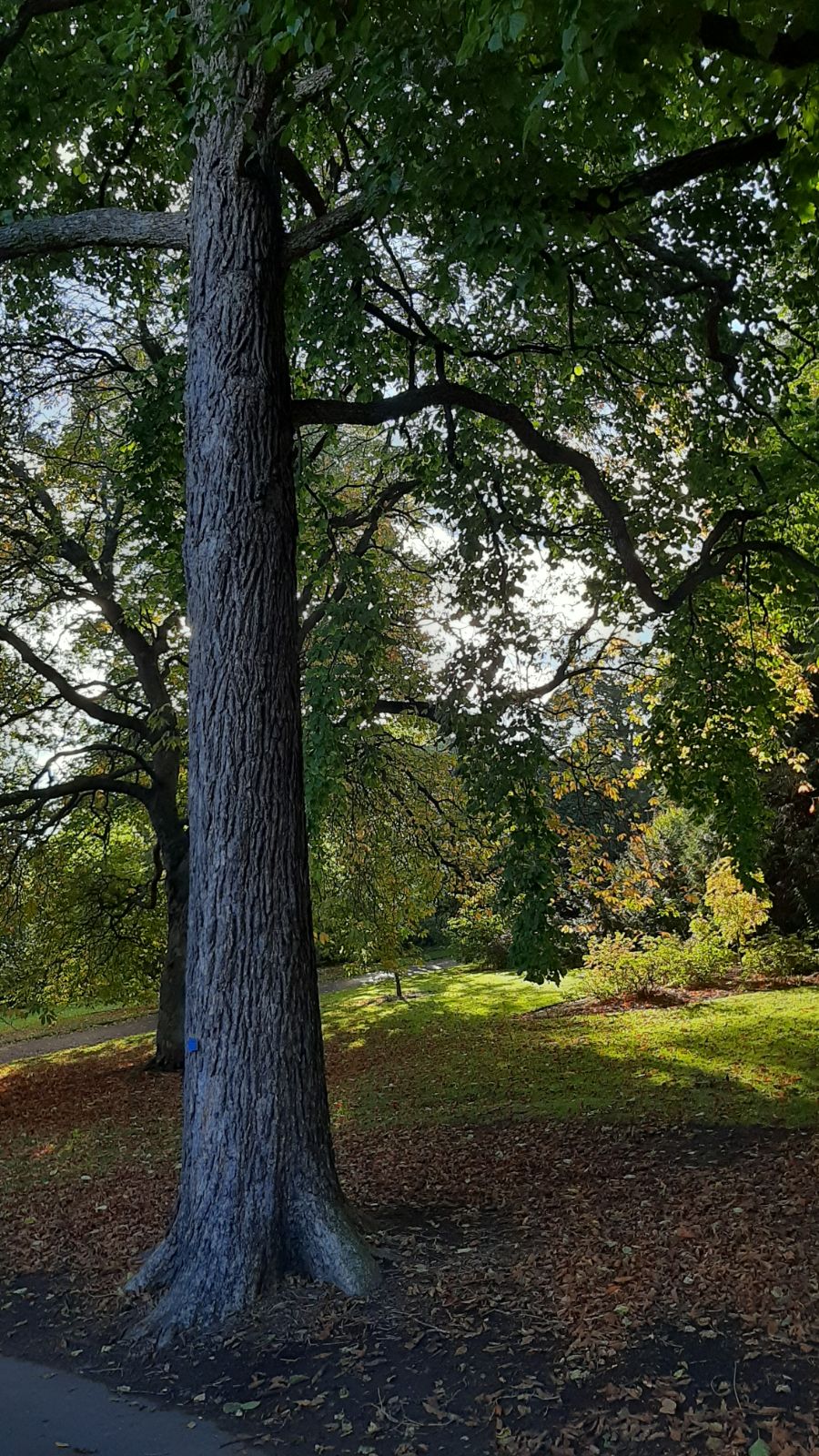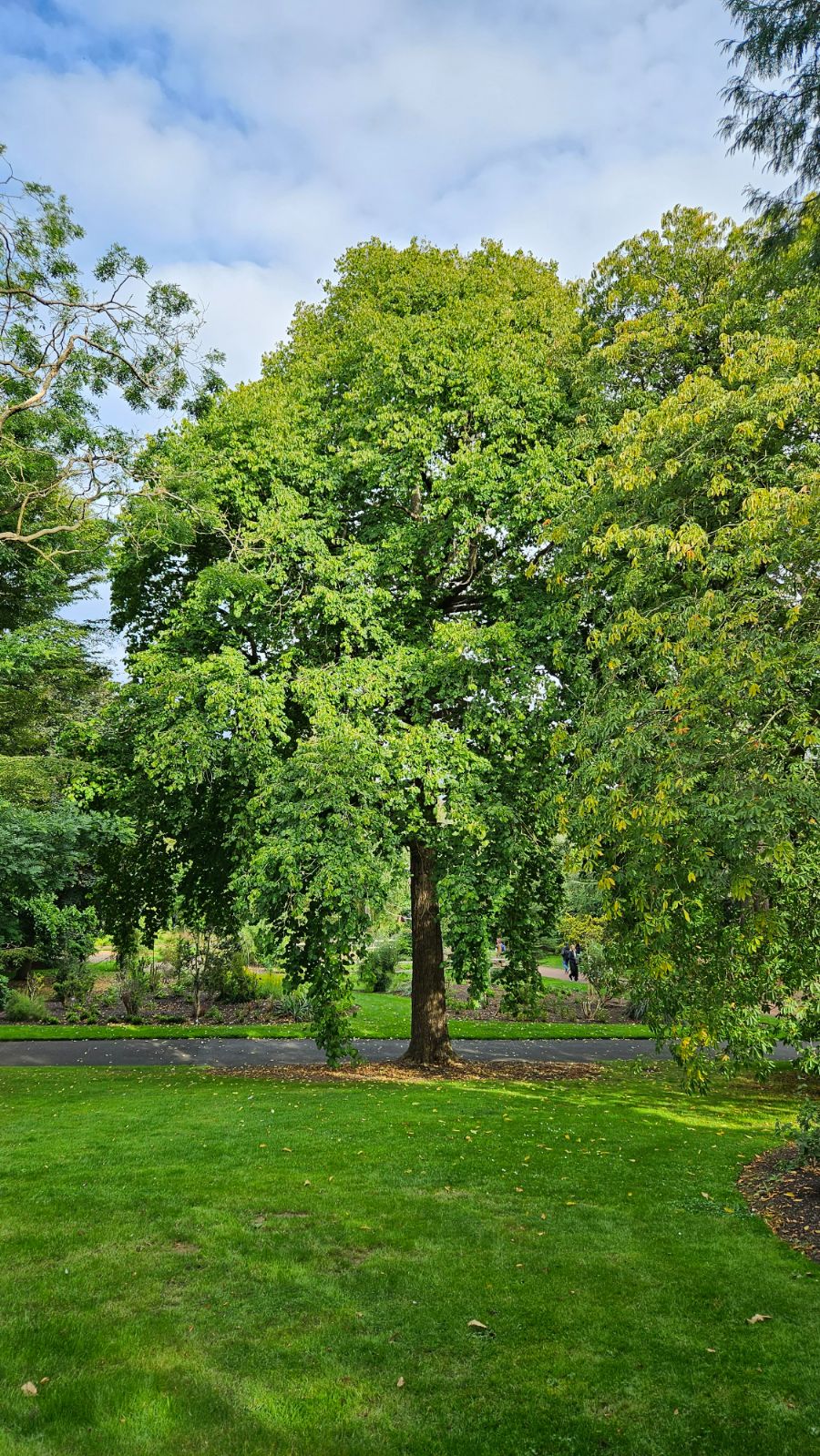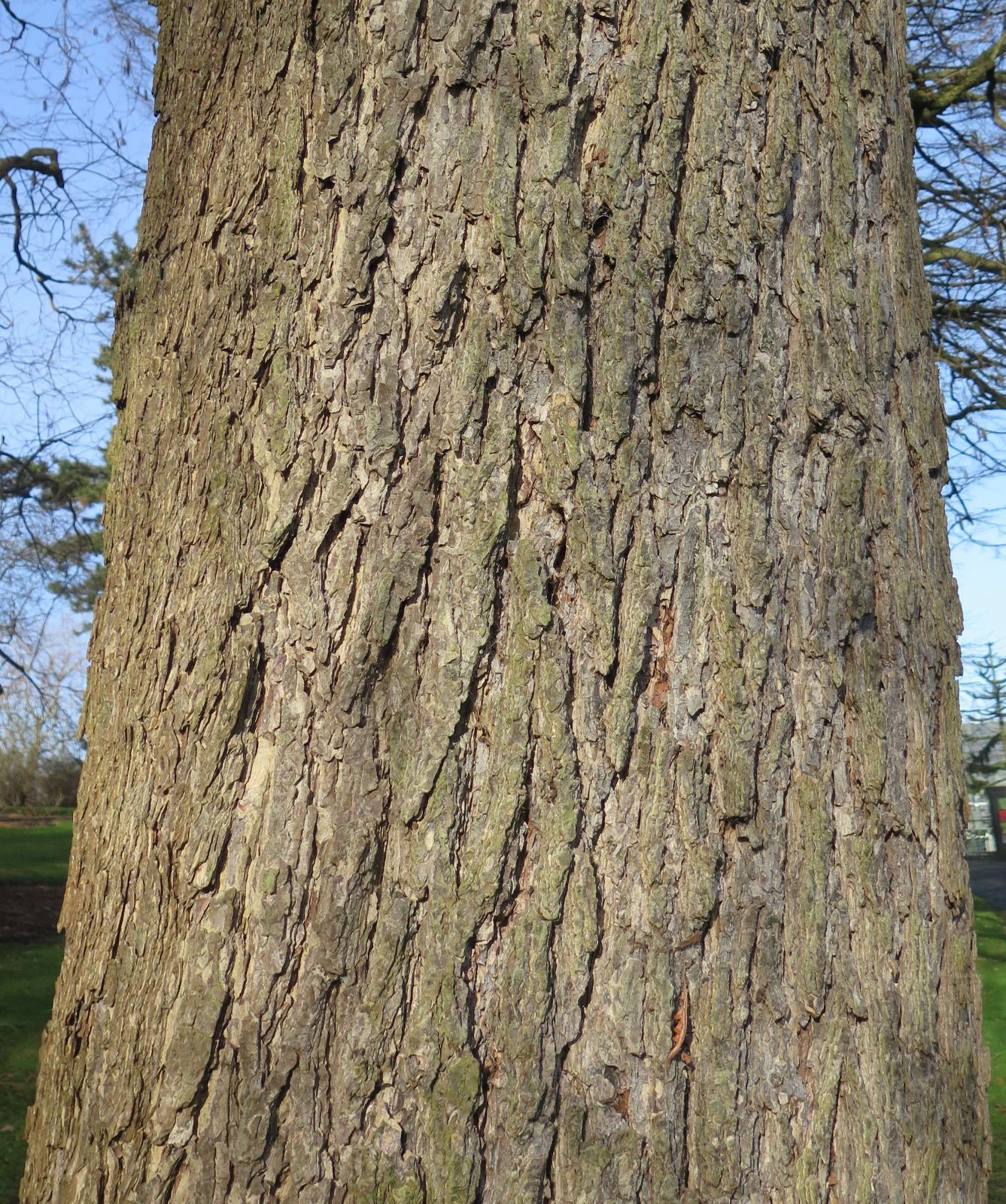Corylus jacquemontii
Sponsor
Kindly sponsored by
Kent Men of The Trees
Credits
Owen Johnson & Richard Moore (2023)
Recommended citation
Johnson, O. & Moore, R. (2023), 'Corylus jacquemontii' from the website Trees and Shrubs Online (treesandshrubsonline.
Genus
Common Names
- West Himayalan Hazel
Synonyms
- Corylus colurna var. lacera A. DC.
- Corylus lacera Wall.
- Corylus tiliacea Decne.
Other taxa in genus
- Corylus americana
- Corylus americana × avellana
- Corylus avellana
- Corylus avellana × cornuta
- Corylus avellana × heterophylla
- Corylus avellana × maxima
- Corylus avellana × sieboldiana
- Corylus avellana × sutchuenensis
- Corylus Badgersett Hybrids
- Corylus chinensis
- Corylus colchica
- Corylus colurna
- Corylus × colurnoides
- Corylus cornuta
- Corylus fargesii
- Corylus ferox
- Corylus 'Grand Traverse'
- Corylus heterophylla
- Corylus maxima
- Corylus 'Purple Haze'
- Corylus 'Rosita'
- Corylus 'Ruby'
- Corylus sieboldiana
- Corylus × spinescens
- Corylus sutchuenensis
- Corylus 'Te Terra Red'
- Corylus × vilmorinii
- Corylus yunnanensis
A tree to c. 25 m, often with a straight trunk. Bark pale grey, quickly broken into small corky plates, ultimately with deep vertical fissures. Young twigs yellowish-grey, rather sparsely pubescent and with longer, glandular hairs. Leaves 6–15 × 5–12 cm, obovate, base deeply cordate, tip abruptly acuminate, sharply double-toothed and lobulate around the shoulders, soon glabrous above, pubescent under the veins below; petiole short (12–25 mm), glabrescent. Nuts in close clusters of 2 or more, 12–16 mm wide, thick-shelled; husks finely pubescent but generally without stiff glandular hairs, spreading, to 40 mm wide, fringed with many jagged lobes. (Bean 1981).
Distribution Afghanistan Mountains in the north-east India In the western Himalaya Nepal In the west Pakistan In the Himalaya
Habitat Mountain forests
USDA Hardiness Zone 5
RHS Hardiness Rating H6
Conservation status Data deficient (DD)
The natural distribution of Corylus jacquemontii extends to the east of that of the closely-related C. colurna; a few authorities, such as Flora of Pakistan (Nasir 1976) treat the two species as synonymous, but C. jacquemontii has a disjunct range and can be differentiated by the husks of the nuts, which carry few long gland-tipped hairs or none (Bean 1981). The specific name was published in 1844 and commemorates the French botanist and writer Victor Jacquemont. In English, the name ‘Himayalan Tree Hazel’ is sometimes used, but invites confusion with another arborescent hazel from the eastern Himalaya, C. ferox. Many of the forests in which C. jacquemontii is indigenous are being rapidly degraded through over-exploitation, and this may soon become a threatened species (Paul et al. 2019).
Details of the first introduction of C. jacquemontii to the west are not recorded. A rather stunted tree at Kew, 9 m × 46 cm dbh in 2022, was planted in 1898, while a much finer specimen, 21 m × 81 cm in 2014, grows in the Royal Botanic Garden Edinburgh and shows that this species is at least as capable as C. colurna of thriving in a rather cool, dull climate. A tree in one of the late Maurice Mason’s great Norfolk gardens was 21 m × 46 cm in 2019 and may have been supplied (from home-grown nuts or as a graft) by Hilliers Nurseries, as was a 1979 planting at the Yorkshire Arboretum. The Kew tree has regularly borne a good crop of nuts (Bean 1981), though as hazels are generally not self-fertile and as this specimen grows surrounded by other hazel species any seedlings raised from these would presumably be hybrids. Among more recent reintroductions, EPAK 164 had already reached 14 m at Wakehurst Place in West Sussex by 2022, while CHRA 142 was accessioned at the Yorkshire Arboretum in 1986 (Tree Register 2023).
Records of such large and thriving trees are lacking for the rest of Europe and North America. C. jacquemontii was among the species cultivated in inland British Columbia by the hazelnut grower Jack Gellatly in the mid twentieth century (Rhora’s Nut Nursery 2023); like all hazels, this tree produces tasty nuts which used to be sold in markets in India (Noltie 2017), though they are smaller than those of today’s commercial hazelnuts and have thicker shells. The species’ hardiness is demonstrated by its cultivation since 1977 at the University of Guelph Arboretum in southern Ontario (North American Climate Zone 5b; University of Guelph 2023); this was from a ‘UK garden source’, most probably Hilliers Nursery. The Dawes Arboretum in Ohio (Zone 6a) has grown two trees since 1997 (Dawes Arboretum 2023).






